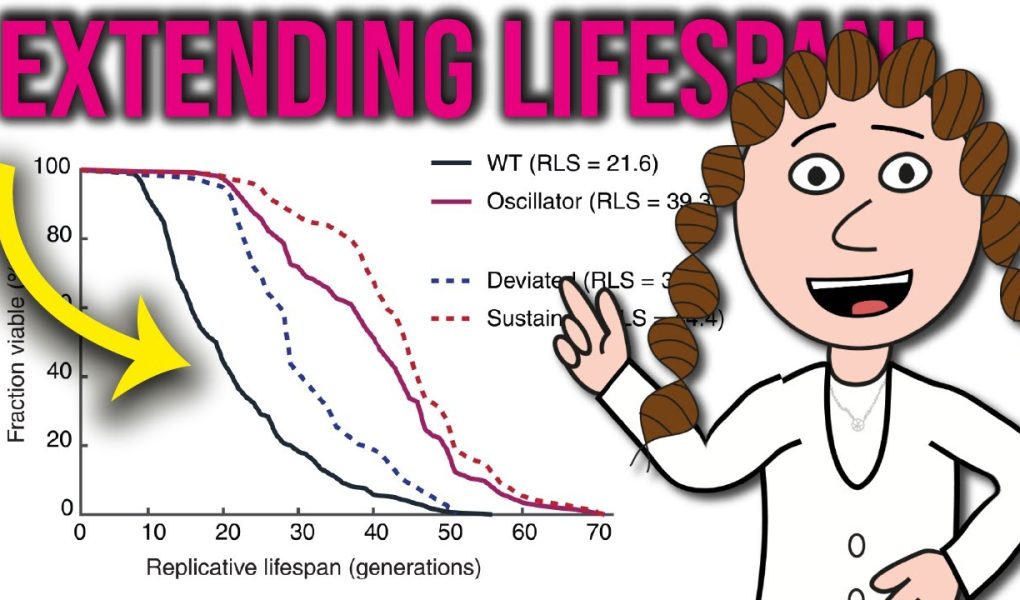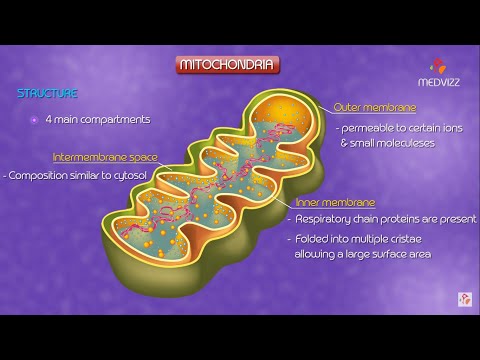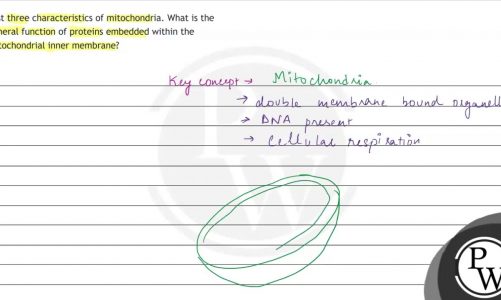You’re playing a game. You’re in a boat that has to keep moving when you come to a two way junction. Steer left and you will fall of a cliff face and die, steer right and you will come across some very hungry bears. It’s not looking great. So, what will it be? left or right?
Well, it turns out both paths are gated and the other closes once you make your decision…but it takes a bit of time for the gate to close. You have an idea. What if you go one way, then immediately turn around and chose the other side – you can do this decision flipping faster than the gates can close and so by oscillating between you effectively remain perpetuating in a state of indecision.
What if we could apply similar logic to prevent two paths of aging within a cell? Would that even be possible? What would that tell us if it was possible?
The story starts with an observation that was published in 2020. In this paper, they presented that yeast cells show two different forms of aging – either they slow down the biosynthesis of heme which results in mitochondrial dysfunction, or they lose the ability to cause silencing of ribosomal DNA. For now, you don’t need to fully understand how the yeast, just appreciate that there are these two mechanisms, and two key protein players involved in there regulation: Sir2 controls the gene silencing, while Hap4 controls heme production – so, like how you could go left or right in the game example at the start of the video and that either event occurs and the cell is committed to it. How clever to have mentioned it at the start.
So, like in the game, the question was raised? What controls which path is taken, and can you manipulate yeast such that they prolong this decision and live longer?
Find me on Twitter – https://twitter.com/EleanorSheekey
Support the channel
through PayPal – https://paypal.me/sheekeyscience?country.x=GB&locale.x=en_GB
through Patreon – https://www.patreon.com/TheSheekeyScienceShow
TIMESTAMPS:
Intro – 00:00
Aging circuits in yeast – 01:30
Engineering yeast cells to live longer – 03:45
Insights – 07:44
References:
Engineering longevity—design of a synthetic gene oscillator to slow cellular aging – https://doi.org/10.1126/science.add7631
Please note that The Sheekey Science Show is distinct from Eleanor Sheekey’s teaching and research roles at the University of Cambridge. The information provided in this show is not medical advice, nor should it be taken or applied as a replacement for medical advice. The Sheekey Science Show and guests assume no liability for the application of the information discussed.
Icons in intro; “https://www.freepik.com/free-photos-vectors/background”Background vector created by freepik – www.freepik.com
source


